Digital Alchemies Resurrect the Dead
Led by founder David Bennett, Mimic Productions is a Berlin-based 3D animation and motion capture studio that transforms humans into incredibly accurate digital characters and streamlines the design process for fashion houses by creating digital try-ons.
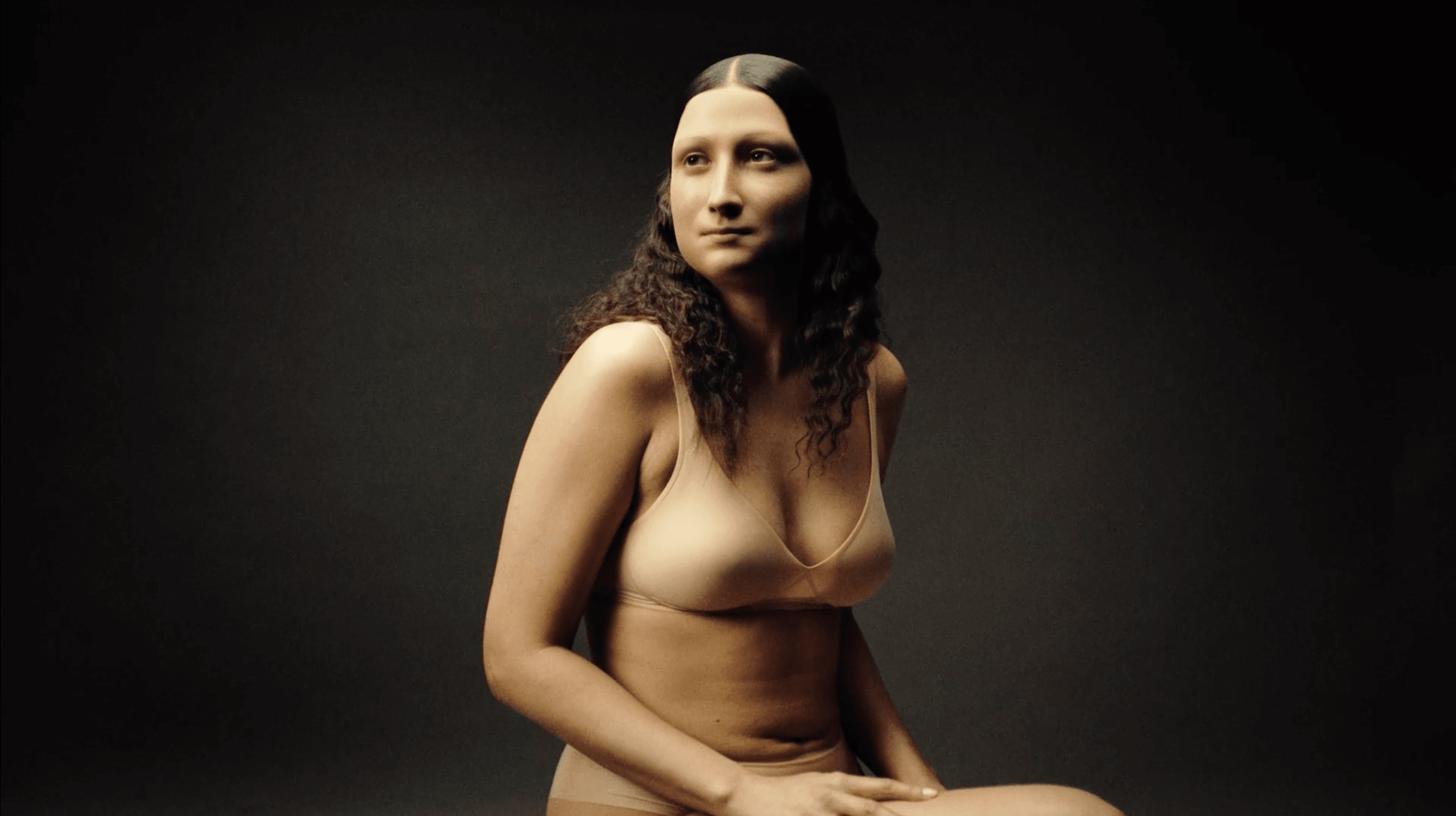
Step into the ex-crematorium Silent Green, a space where technology and art collide. Hundreds of cameras lay dormant in the office, patiently waiting to capture the essence of humanity. Mimic Production’s creations go beyond mere imitation. They breathe life into classic works of art, such as the Mona Lisa (2020). And when they’re not working with Naomi Campbell, Ed Atkins, Björk, or Jeff Koons—the caffeinated tech-wizzes are busy crafting original artworks. And soon, Mimic Productions will be enriching Chat GPT with virtual avatars.
Bennett’s illustrious career has taken him from the whimsical world of children’s movies and video games to collaborations with fashion powerhouses including Burberry, Valentino, and Moncler. Offering transformed experiences of art, fashion, and cultural heritage—Bennett continues to test the cultural sphere with ideas that were originally believed to be ludicrous, only to prove them wrong.
ALMA LEANDRA: How did you first get into animation?
DAVID BENNETT: Fresh out of school, my professor’s experimental project was one of the first virtual reality projects ever shown at the Guggenheim. This was like 25 to 30 years ago, and I was among the few to work with his motion capture system, a cutting-edge technology at the time. After a brief hiatus, I ventured to Midway Games where I worked on Mortal Kombat (2000), only to be transferred to their sports division, which didn’t resonate with me. Despite my dislike for sports, I leveraged my experience with motion capture and 3D animation to model stadiums. Refusing to be bogged down by this, I became a technical whiz, and eventually landed a job at Sony where I worked on Polar Express (2004), and that was the game-changer. It was interesting, because photographs were barely accepted by the art world at that time, and here I was, trying to bring 3D into it. It made for some very interesting discussions, because I was surrounded by painters and sculptors and trying to use this new medium called 3D animation that nobody really knew what it was, and now today, we are working with fashion and arts.

AL: Do you receive a high volume of requests from the fashion industry?
DB: Working with some of the biggest and most renowned brands in the industry has been a surprise. Initially, I thought I was building a digital human company. Then about three to four years ago, the digitization of fashion started gaining momentum and we adapted. The fashion industry is moving at lightspeed towards digitization, with brands shifting from being roughly 30 percent digital to 80 percent. The goal is to eliminate the last 20 percent and streamline this process. With 3D, you can quickly produce avatars, dress them up, and make adjustments on the fly, ultimately eliminating the need for seamstresses and patternmakers. Often brands from the fashion sector will ask us to scan individual items, such as purses or shoes. Sizing aspects are another big request, which consists of us building avatars so that they can utilize them as a sizing reference. There is a clear shift towards virtual ambassadors and influencers, rather than relying on flesh-and-blood individuals to represent a brand. By employing digital models, brands can achieve an unparalleled level of control over their image, eliminating the risks of controversy or scandal that can arise from a real person. You have complete control over this character, which is appealing for brands. This technology can be used for lookbooks as well. And best of all, it’s environmentally friendly, because there’s no waste until you make the actual object. Once satisfied with the design, you can print the pattern and make the clothing with ease. The industry is developing shared databases of clothing that designers and companies can access to create their pieces. This approach makes it easier for designers to start with something that is already partially done rather than starting from scratch. So, clothes don’t even have to be made uniquely anymore, designers could start out with something that’s already done to a degree. If you want to print a T-shirt, there’s no need to build it from scratch, you can just download it.
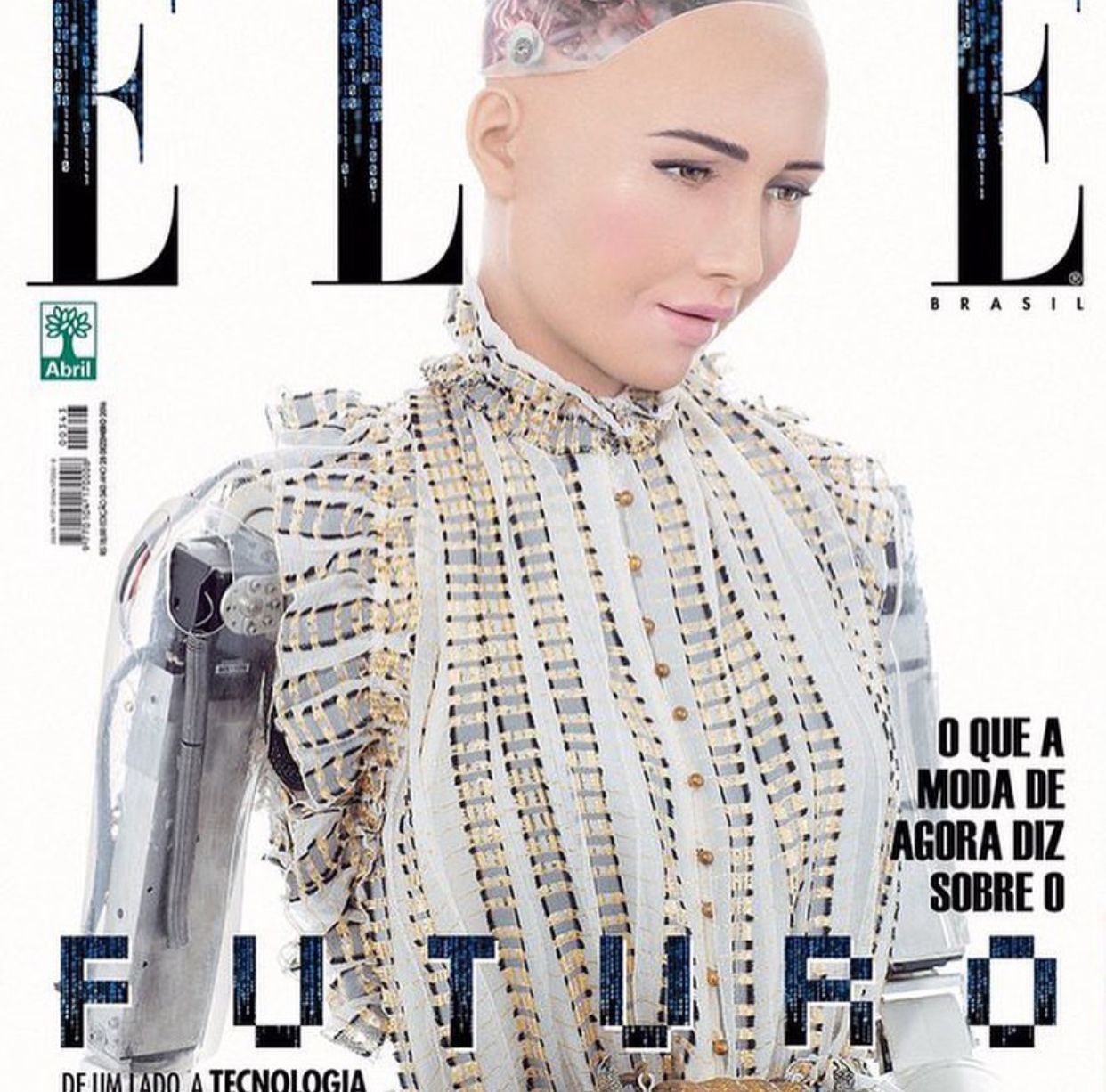
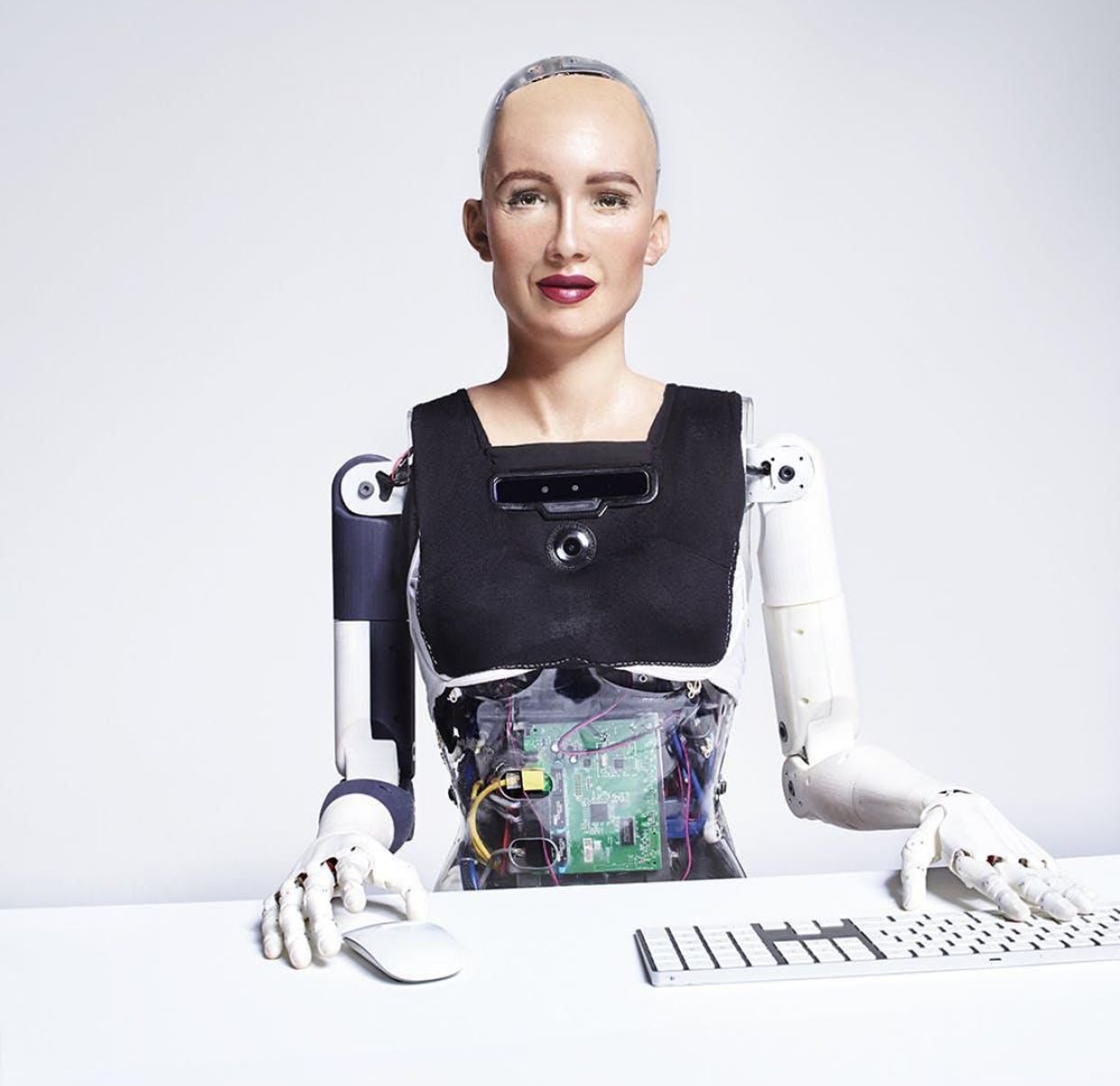
AL: Are you worried about the moral issues of these technologies? For instance, about the ethical and legal issues that could arise from deep fake technologies, which construct realistic digital replicas of people and objects using 3D photogrammetry?
DB: We only rarely use the deep fake technology and that’s for commissions. We’ve never received requests for a project that’s ethically dodgy. The real danger is that this extremely powerful technology can make you believe things that aren’t real. On top of that, it’s pretty easy to learn, and not everyone has good intentions. It’s good to look at what you know. If something feels wrong, it might be wrong. On the other hand, it’s empowering for us to be able to use this technology to transform and make things happen that aren’t normally possible. Deep fake technology is great for bringing back the deceased, for instance. Such requests usually stem from the families of the departed. One notable instance was when we were commissioned to digitally revive a French singer, culminating in the creation of the world’s longest hologram, which made its debut at the Opera House in France.
AL: So, you bring new characters to life in an ex-crematorium.
DB: Exactly. Initially drawn to its castle-like appearance, I stumbled upon the location while starting my company and then learned about its past as a crematorium. Strangely, this revelation only amplified its allure. We often joke about the certain enchanting irony of digitally bringing characters to life in a space once serving as a crematorium. This mystical quality only adds to the unique charm and depth of the space.
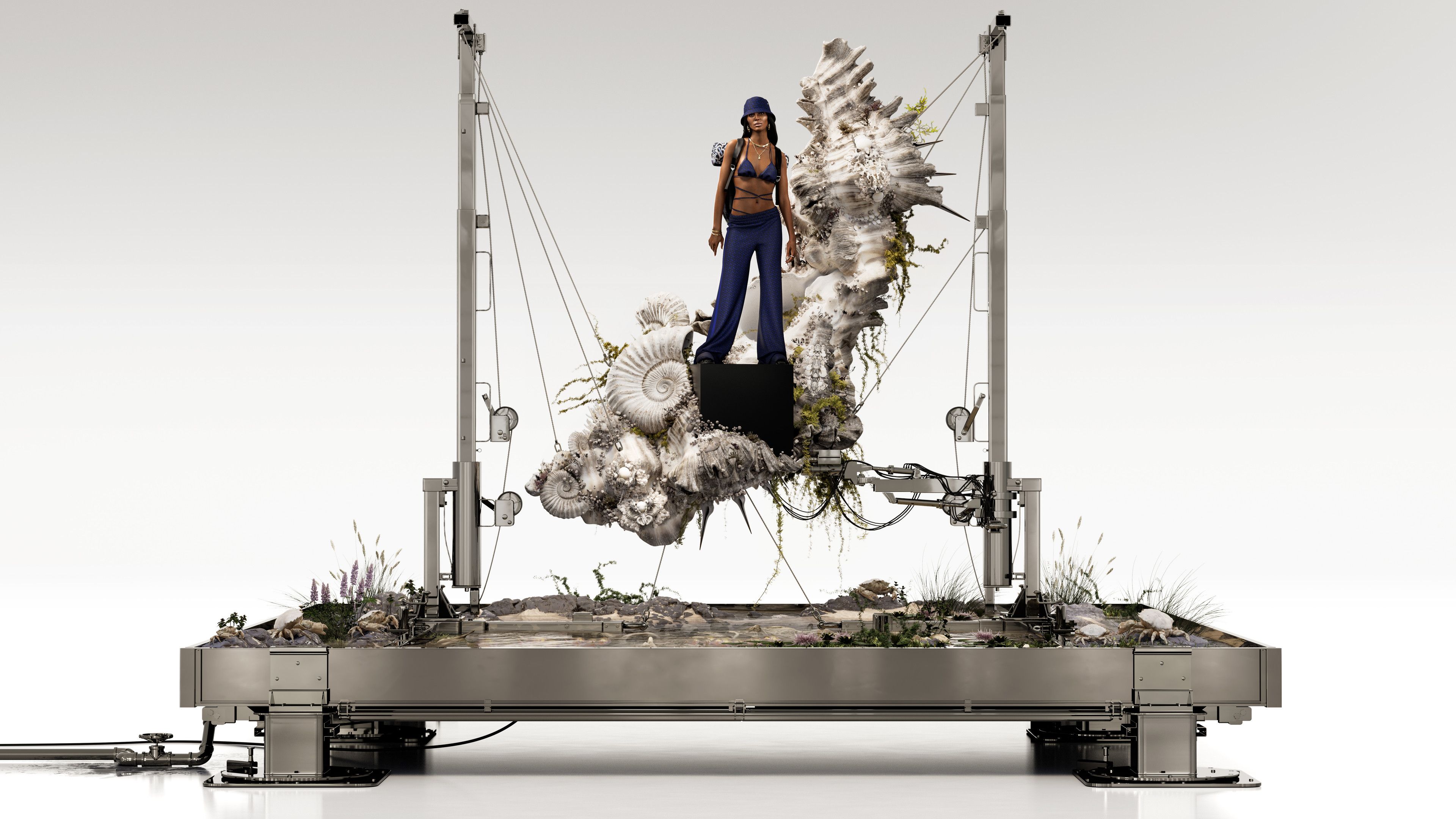
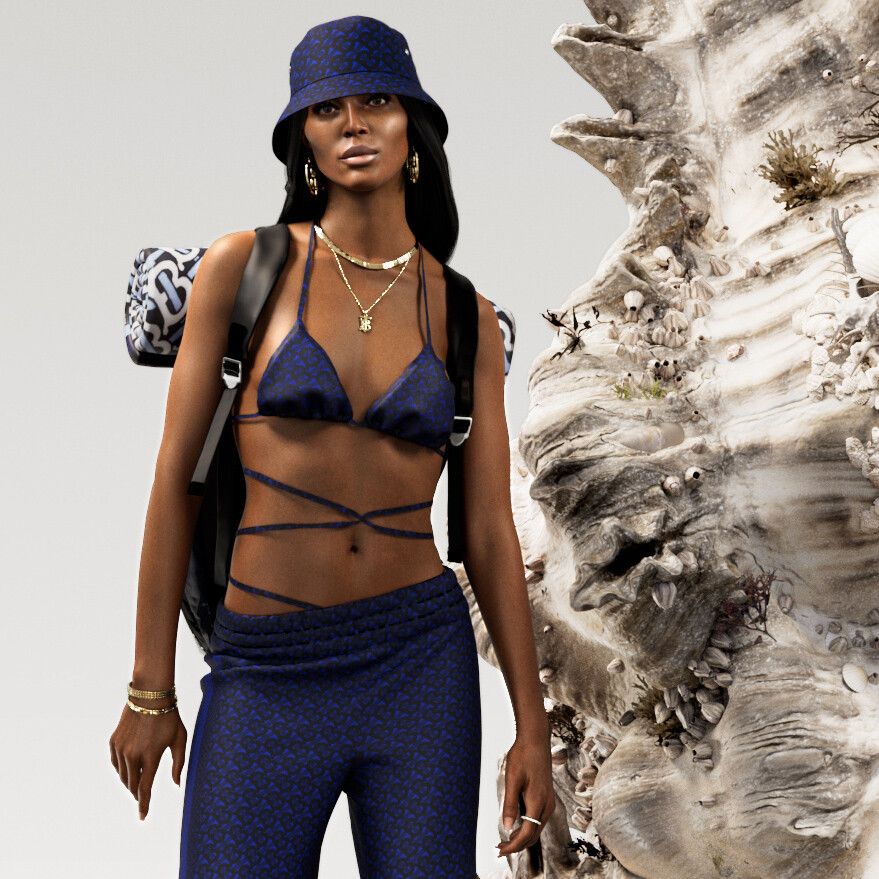
AL: How do you ensure that platforms such as Midjourney don’t overshadow the demand for something like 3D photogrammetry in the future?
DB: That’s a tricky one. Midjourney and Dall-E are very cool and excel at producing 2D imagery. However, our focus is currently on the creation of 3D images, which is a different ball game altogether. Although Midjourney hasn’t posed much of a threat to us yet, things will inevitably shift and change as AI technology continues to advance.
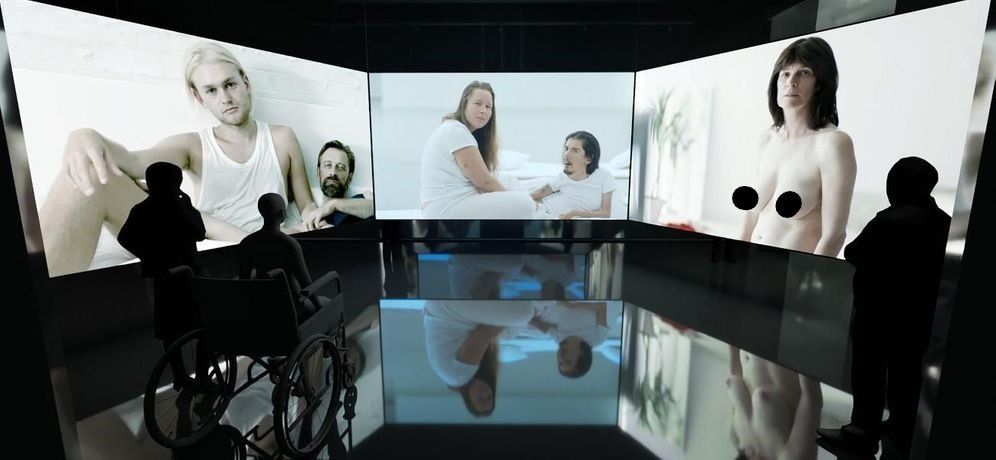
AL: What was the moral discourse when it came to the digitization of classics, such as the Mona Lisa?
DB: It’s intricate. One must weigh the advantages of enhancing accessibility and preservation while taking into account the challenges posed by authenticity and cultural heritage. It’s a continual juggling act, involving artists, institutions, and societies. Consider the Mona Lisa, whose public domain statute allows for her free usage. We deemed her to be an ideal character, given her usability—in contrast to other classics—and her worldwide renown. There are many advantages to using that face. I can put my face on something and elicit no response, hers is the most recognizable face in the world. In using her image, we are paying homage to her inimitable status.
AL: How will the digitization of classic artworks impact the future of art, and the way we experience the past?
DB: By leveraging virtual and augmented reality technologies, we offer transformed experiences of cultural heritage. Reinterpreting the Mona Lisa’s face through different mediums allows for a different engagement with art, surpassing the limits of a mere two-dimensional painting. What’s really interesting is the chance to reinterpret and redesign. This way, artists can infuse their own distinct sensibilities into the iconic Mona Lisa, creating versions that feel innovative.
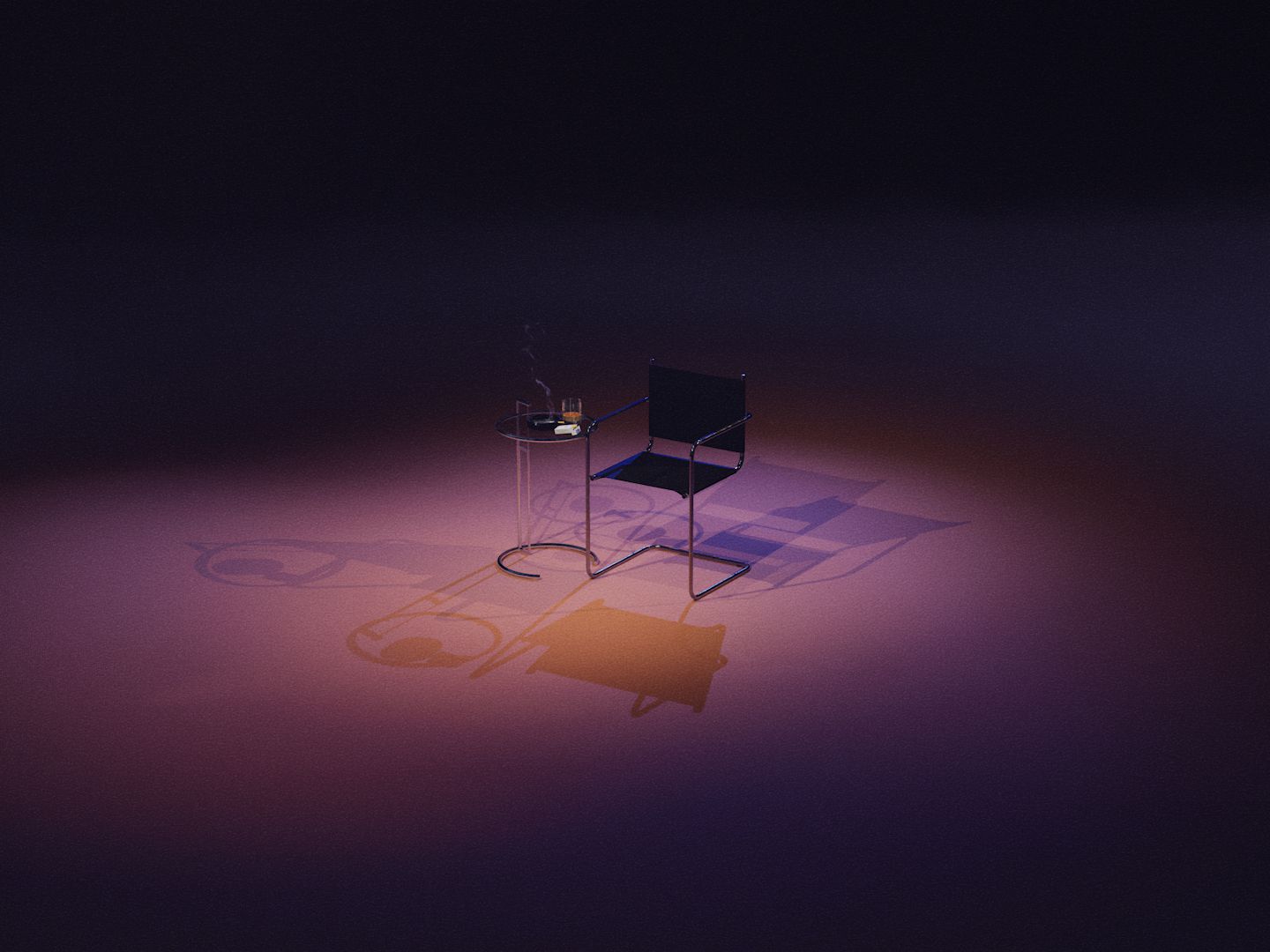
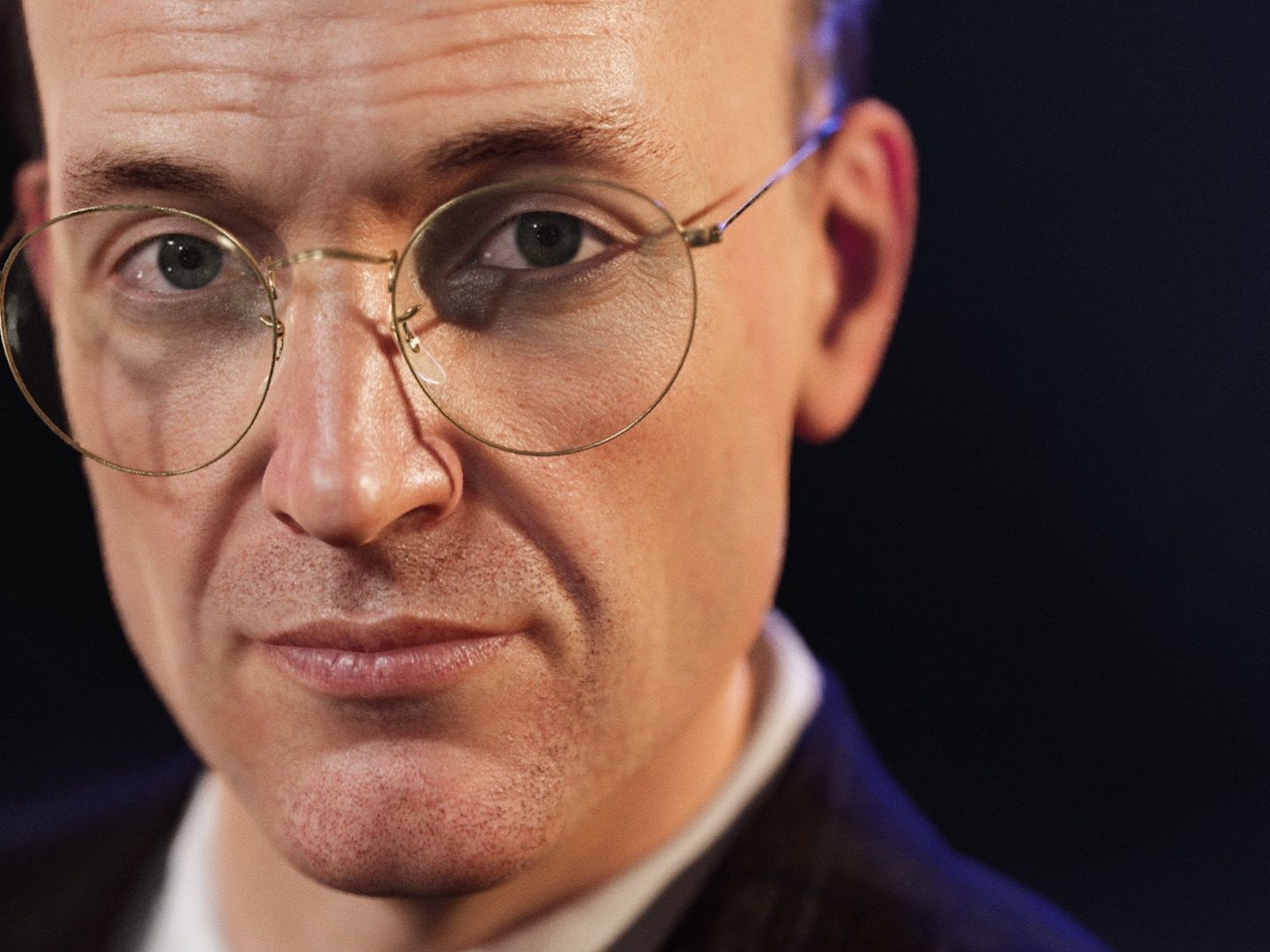
AL: Can you call yourself an artist if your main work is digitizing already existing art?
DB: Yes, but it really depends on how you define an artist.
AL: What’s your definition?
DB: There’s a dichotomy between the 3D artists and the Andy Warhols of the world. It’s not to say a 3D artist can’t be an Andy Warhol. But I think there’s a very specific distinction among those types of roles. As craftsmen, we harness cutting-edge technology to develop lifelike representations of individuals, collaborating with other visionaries to manifest their projects. Yet, we don’t quite fit into the same mold as Warhol and his ilk, who epitomize the archetypal artist.
AL: Are you also interested in creating original artworks?
DB: Whenever we find pockets of free time, we use them to create our own artworks. One such project is We Are One, which was exhibited downstairs in Silent Green’s gallery in Berlin. It features a person morphing into different individuals via subtle changes in their nose and skin color. The piece explores the concepts of personal identity and how it is impacted in the digital age. It broaches the question whether the importance of looking like anyone we desire might exceed the significance of looking like ourselves. In this work, we aimed to initiate this discussion. It’s a project that we will continue to work on and expand in the future.
AL: Do you get a lot of requests for “beautification”?
DB: Clients commonly ask for beautification, which provides people with a choice that is not inherently available at birth. To be able to transform and exist in a world that is augmented, garnering a sense of empowerment is a captivating concept, especially for shy characters.
Credits
- Text: Alma Leandra
Related Content
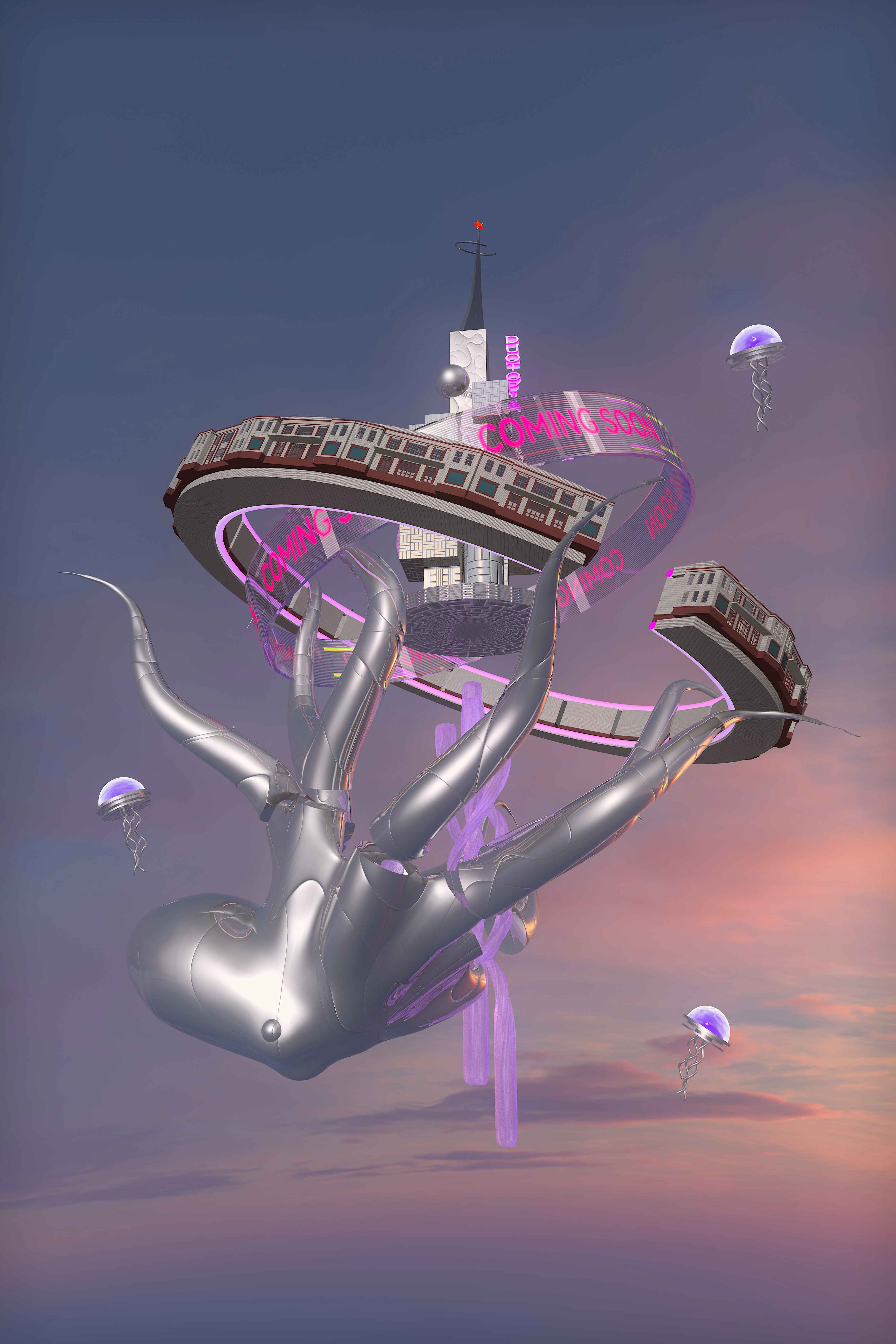
CAO FEI’s Digital Paradigm Shift
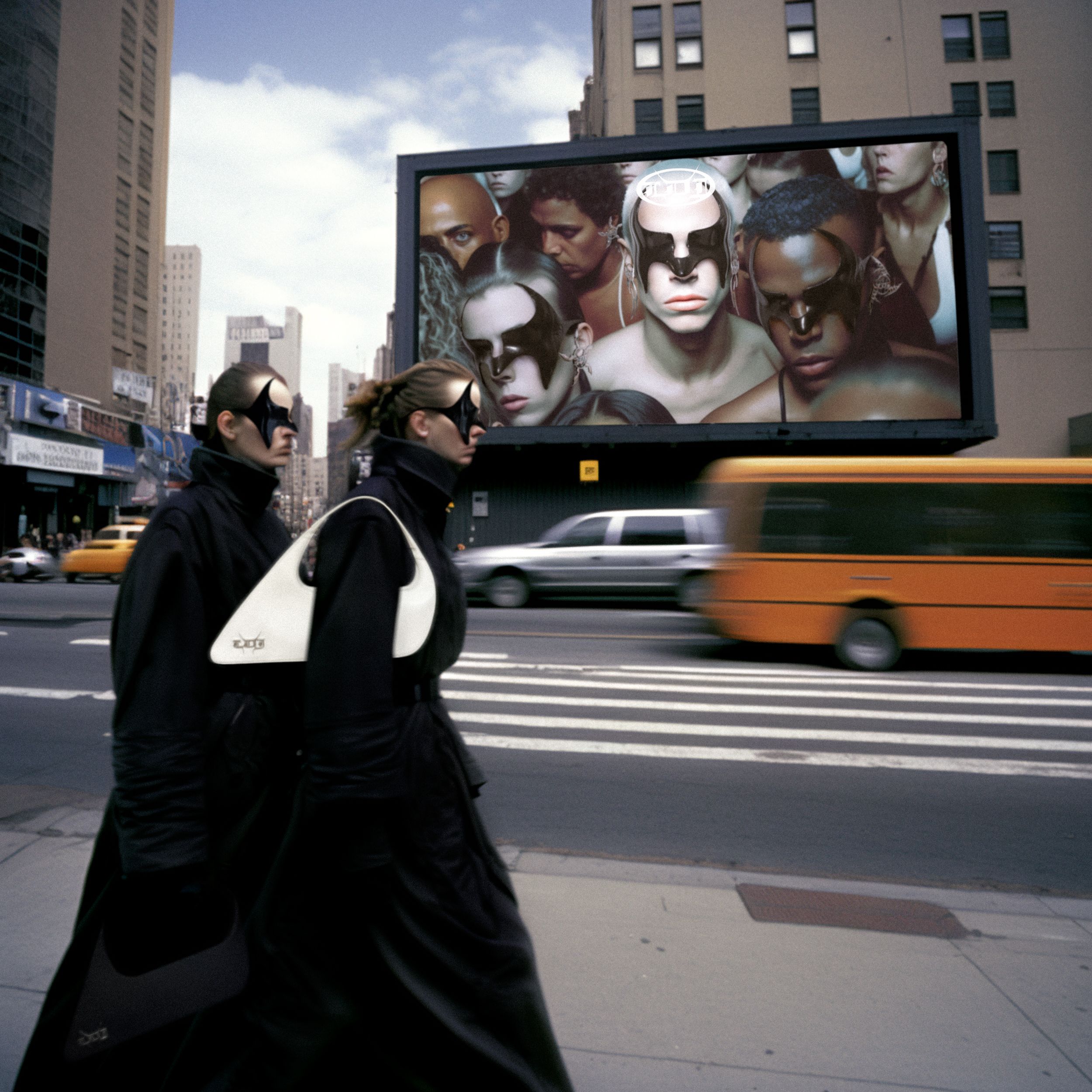
Notes From Underground: LUKE NUGENT’s AI Editorials Fictionalize Subcultures
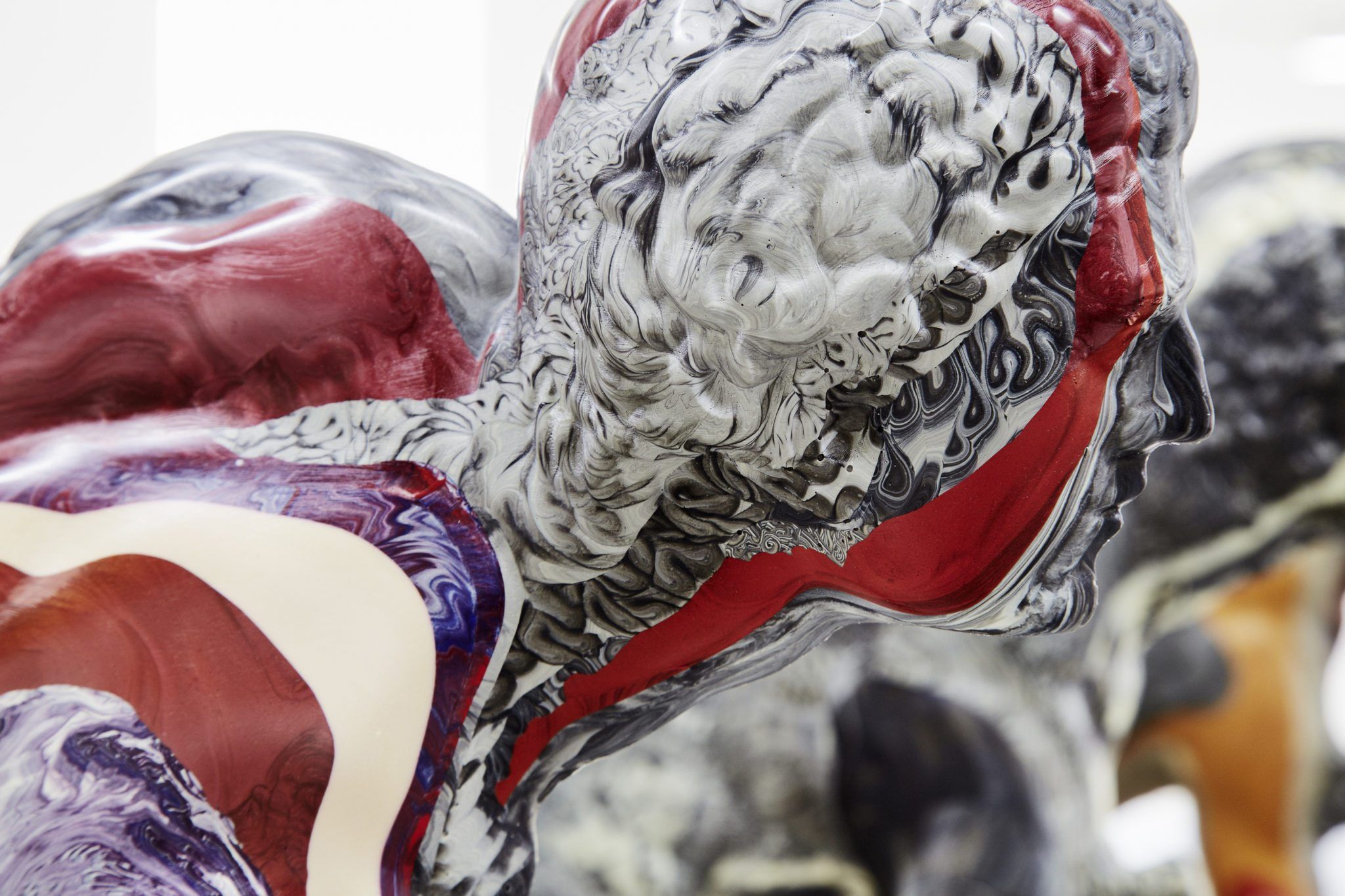
SUSANNE PFEFFER: How Art’s POST-HUMAN TURN Began in Kassel
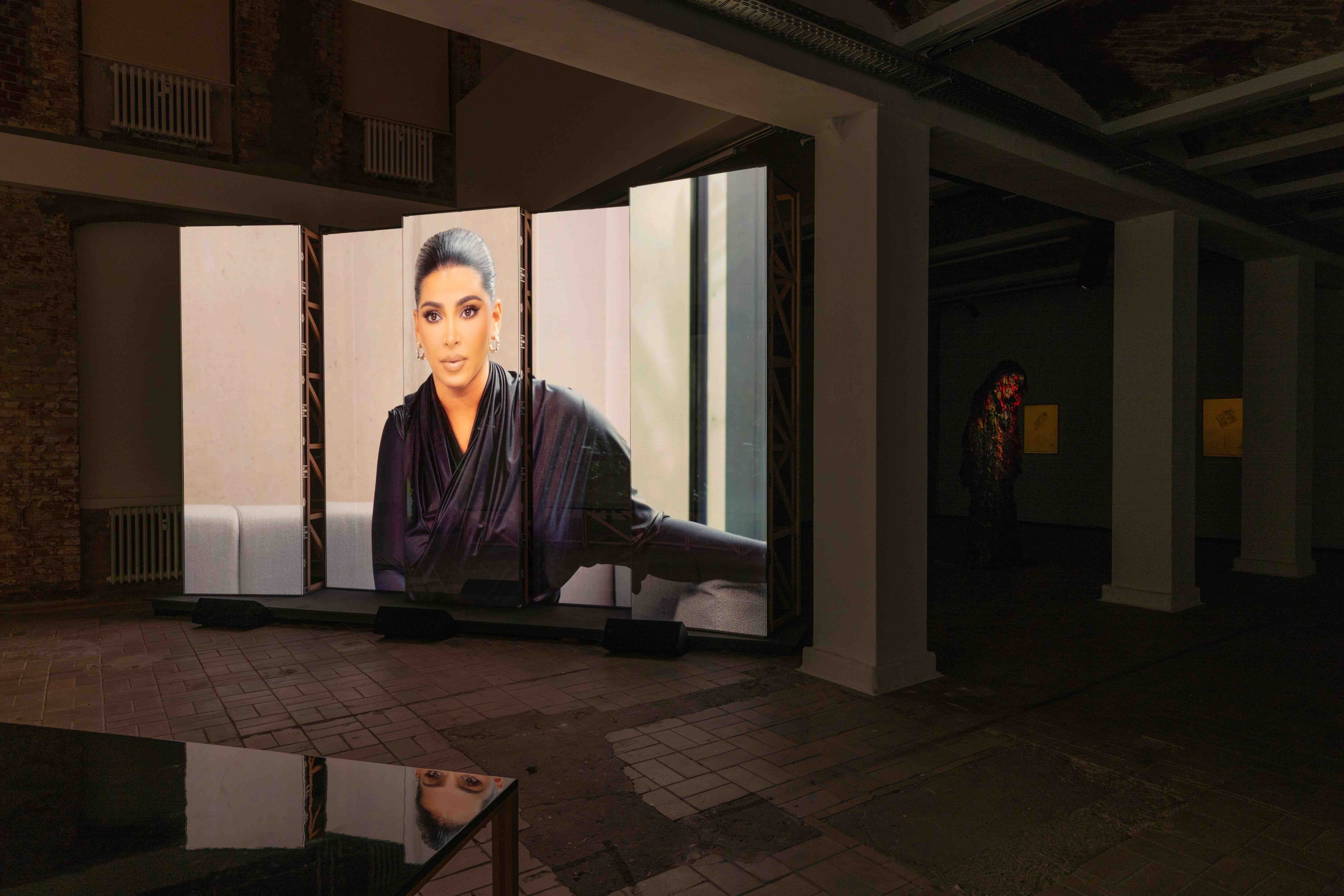
INVENTING KIM KARDASHIAN: CHRISTOPHER KULENDRAN THOMAS
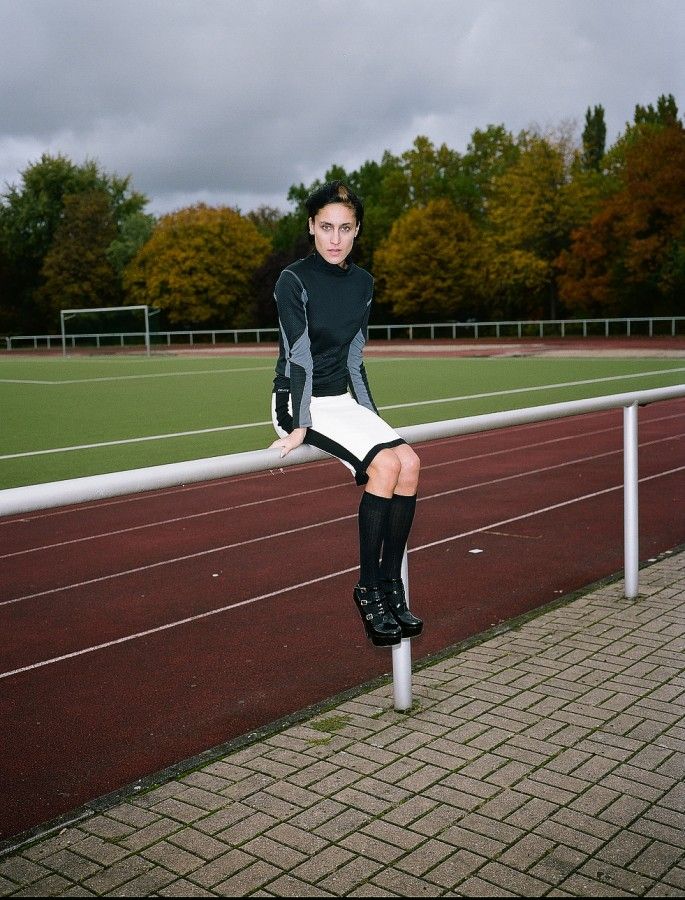
Creative Director JEANNE-SALOMÉ ROCHAT Shares 15 of Her Favorite Tumblrs
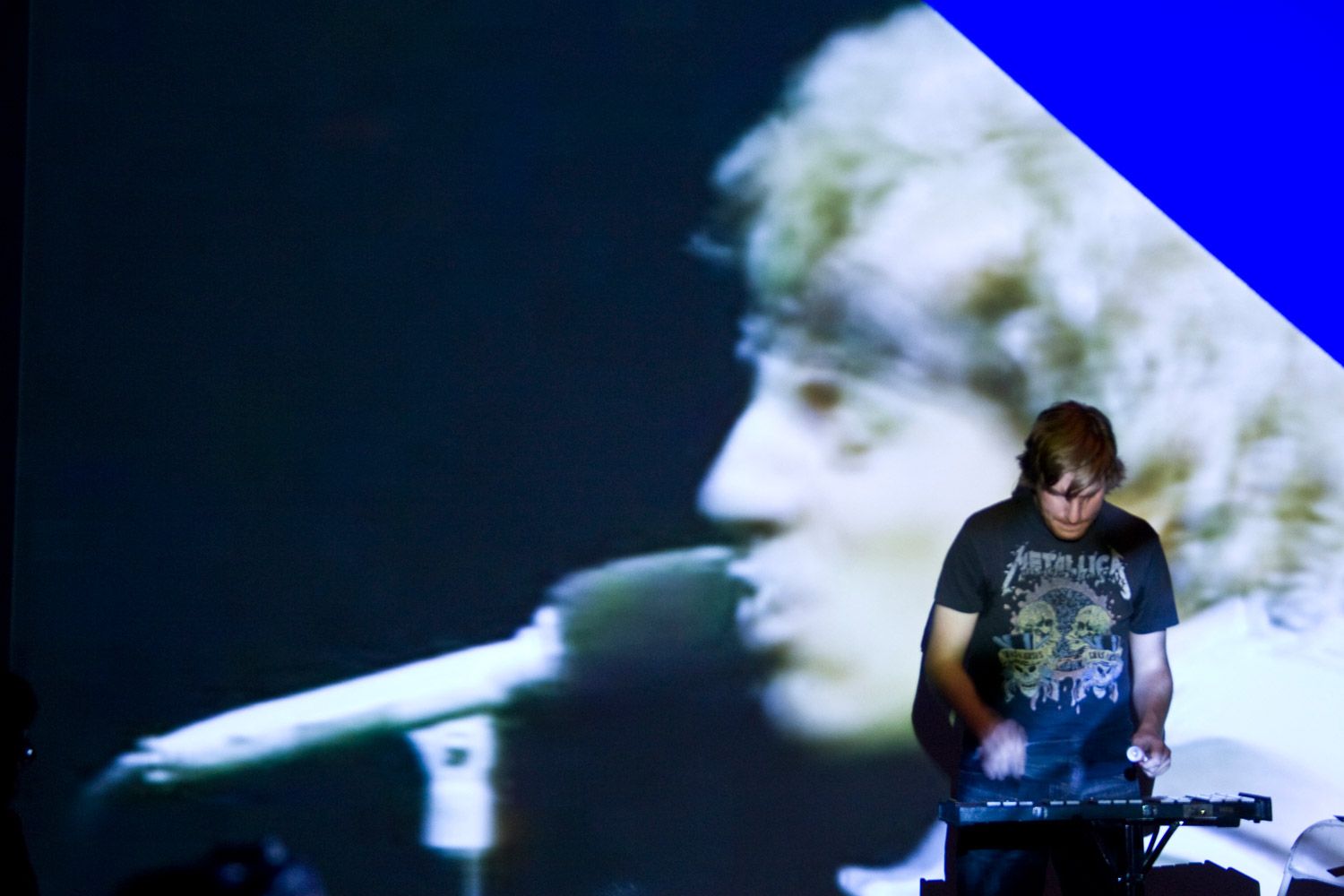
BIGGIE SMALLS — THEODOR ADORNO
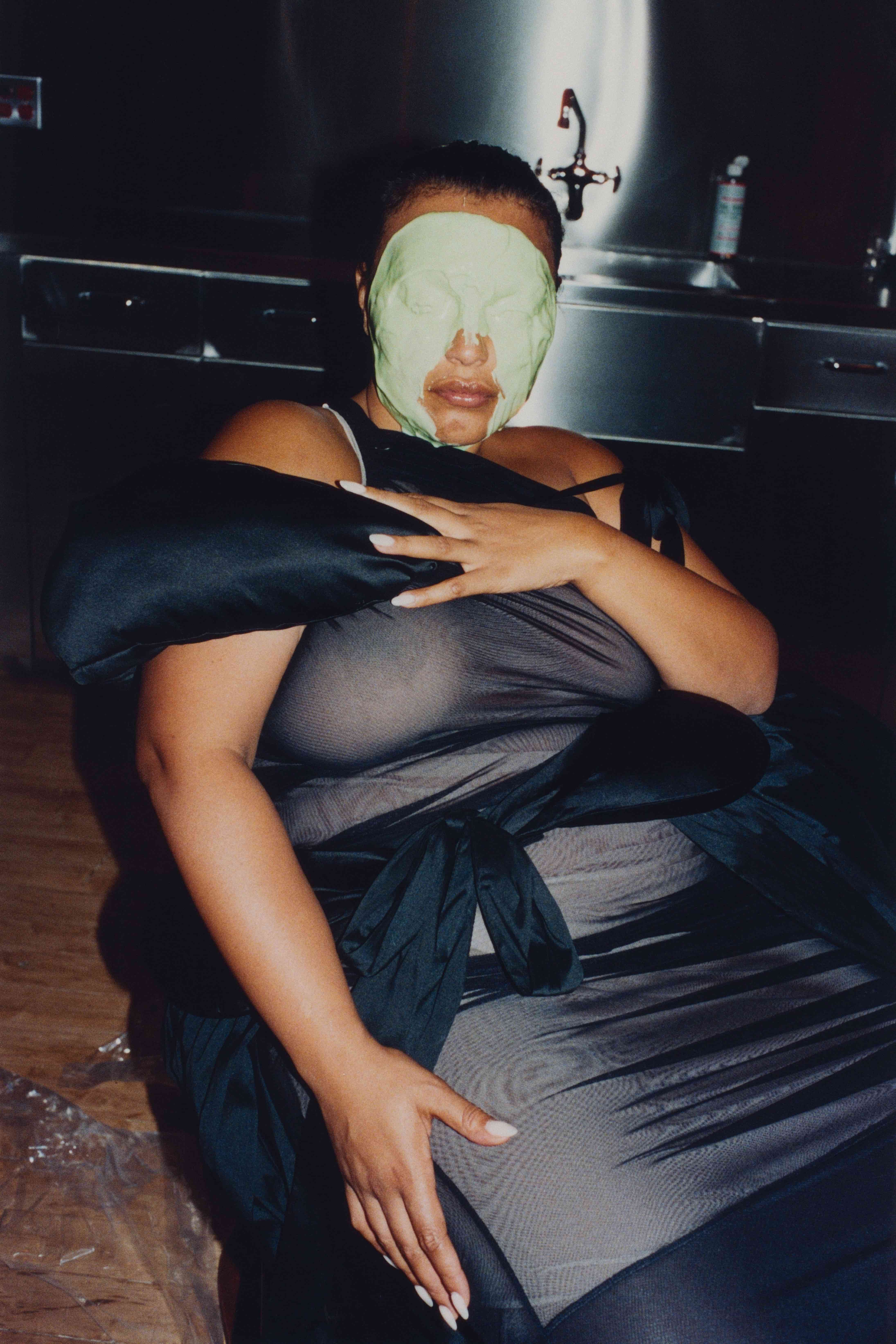
What Future Do We Crave?: KATHARINA KORBJUHN’s Paradigm Trilogy
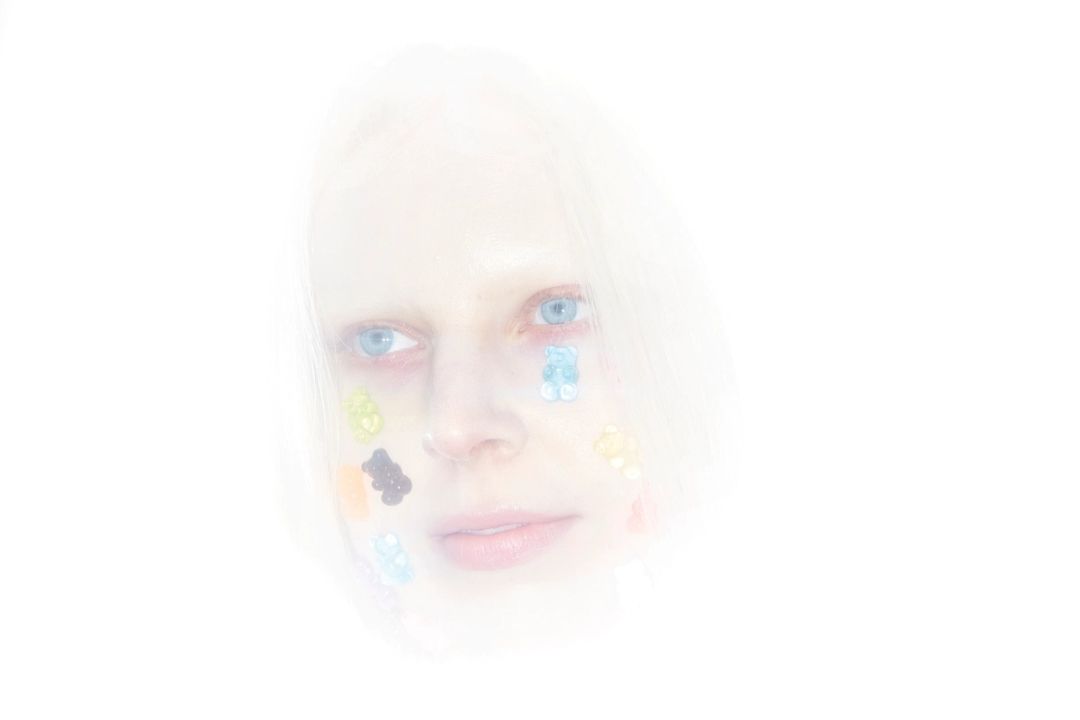
SKITTLES